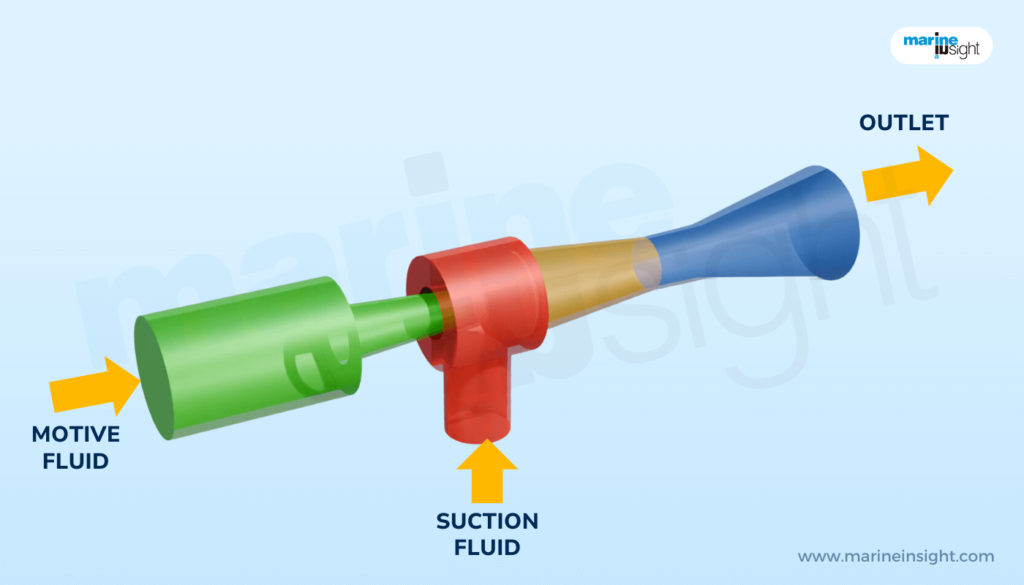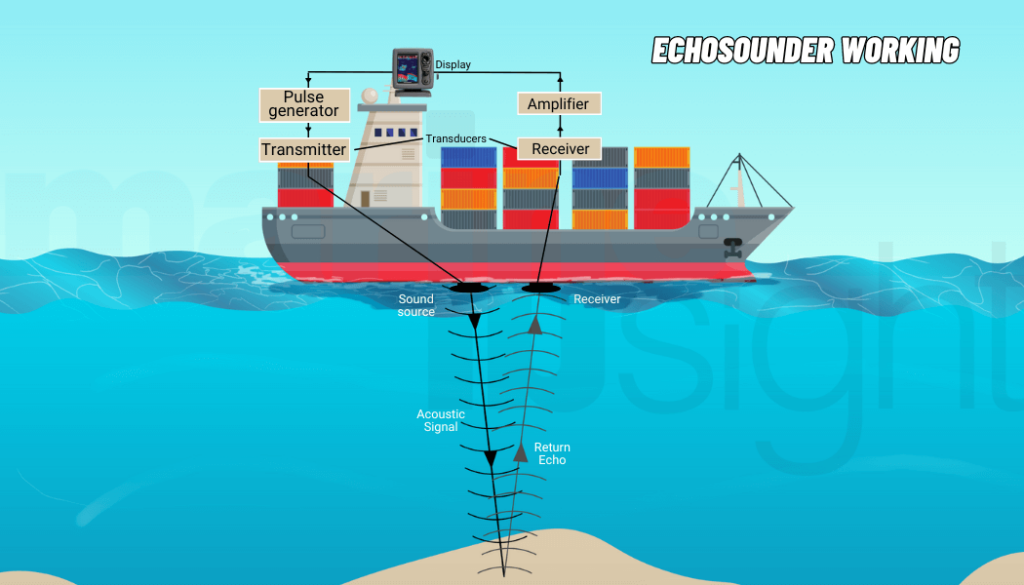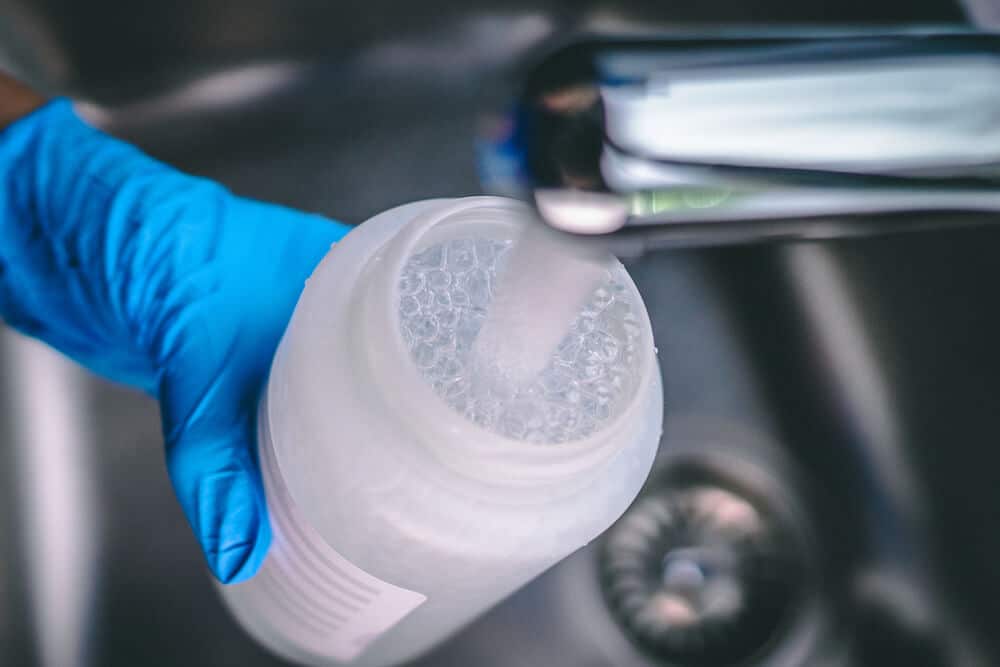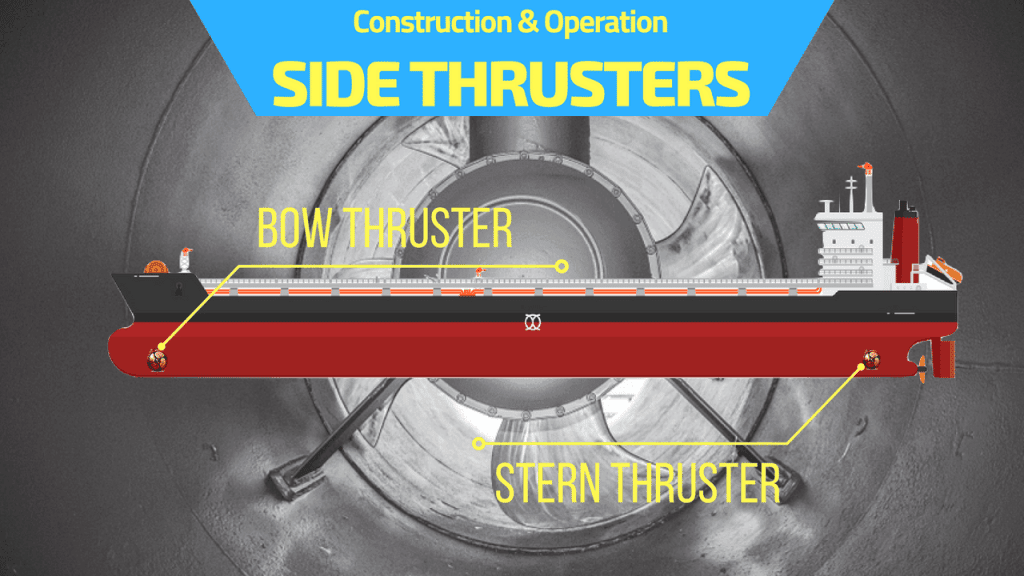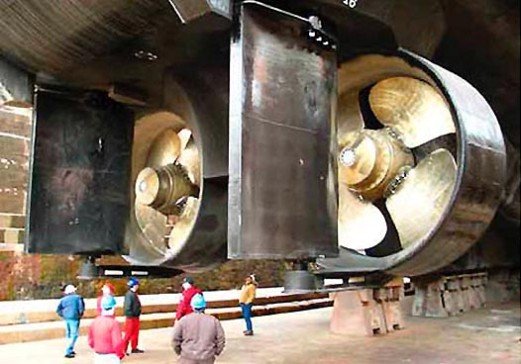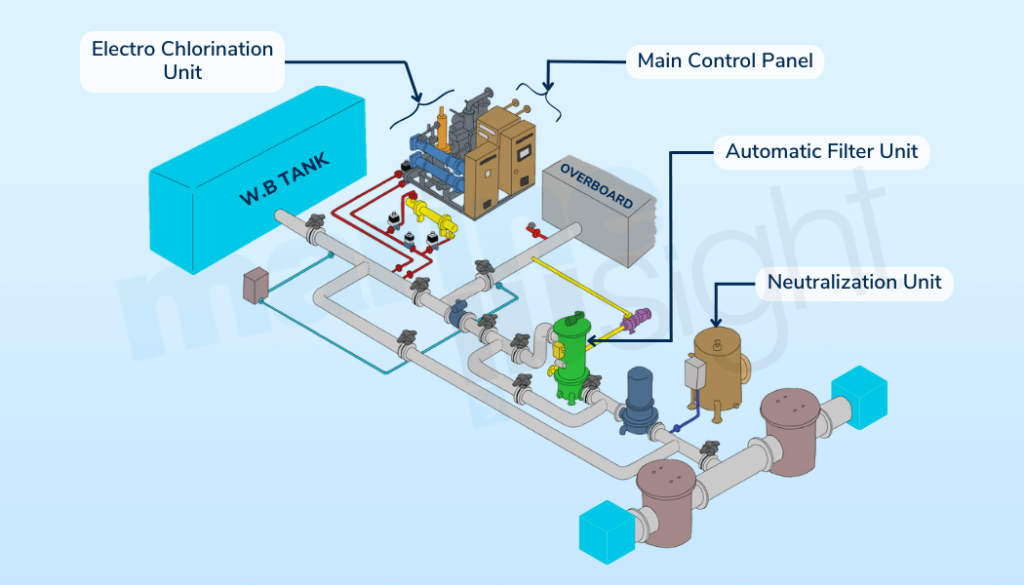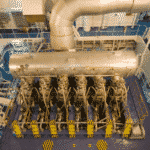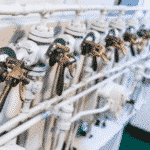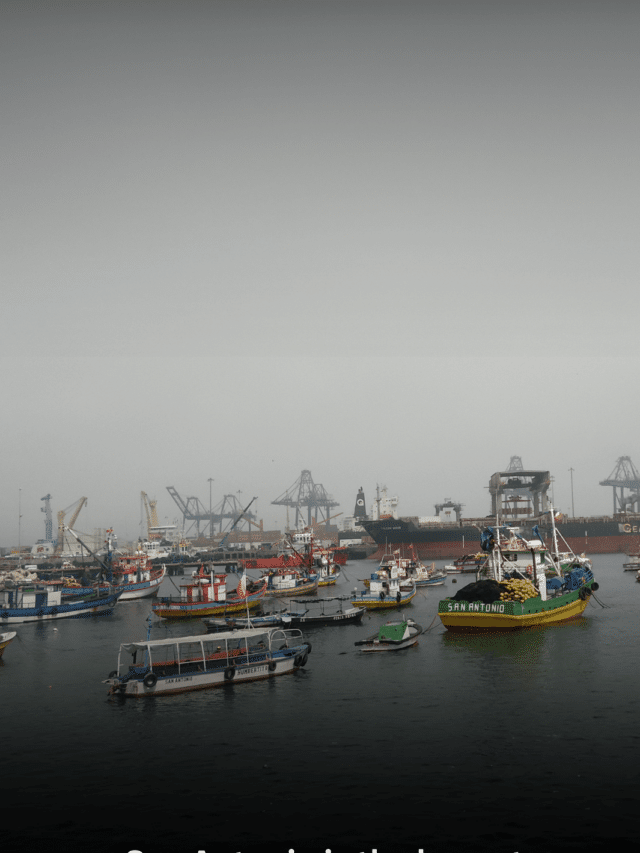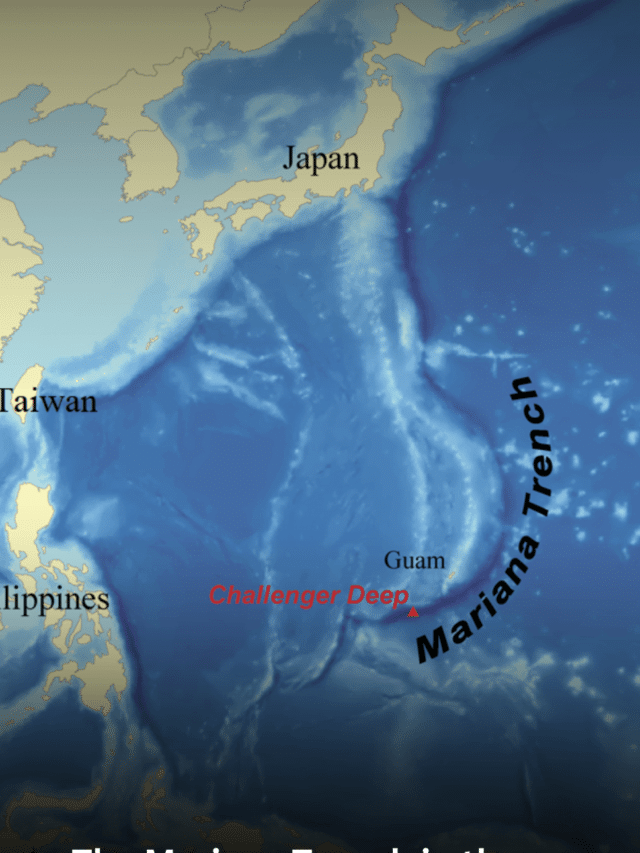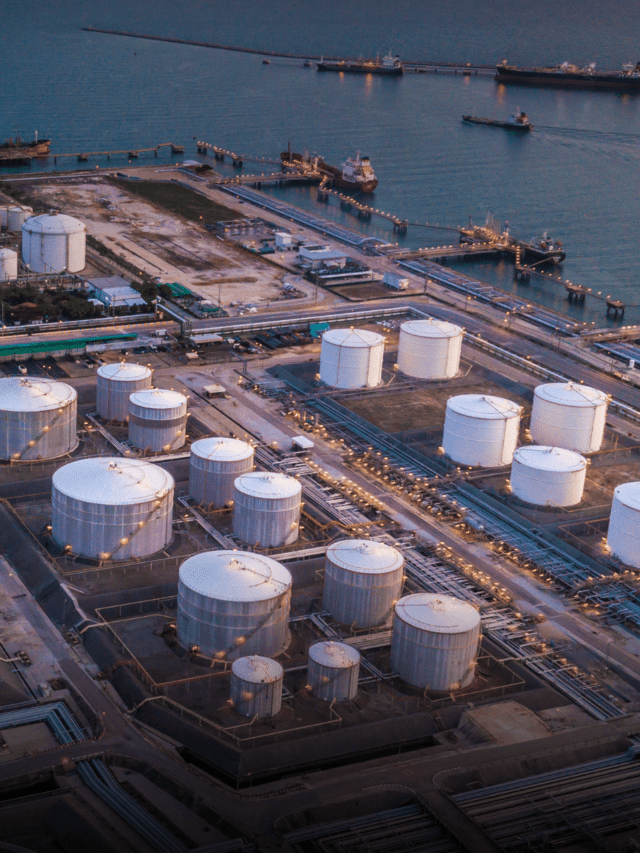Energy Audit on Ships: Part 1
Now days with the rising fuel prices and slack freight market, every ship-owner is seeking ways to save money and to keep his enterprise in profit.
Apart from the energy recovery systems, ships have started using several latest technologies to reduce energy consumption and to make ships greener.
As fuel accounts for the major part of the daily running cost of the ship, any reduction in the fuel consumed is lending to profitability of the establishment. It is with this sentiment that many companies have become proactive towards fuel efficiency and conservation.
Some Japanese ship owners have been running “Bunker Save Campaign” and “Cylinder Oil Save Campaign”, where they honor the Chief Engineer with a cash award for running a tight ship. Moreover, the Energy Efficiency Design Index (EEDI) to improve energy efficiency and reduce carbon emission.

In these series of articles we will look in depth into energy audit of different machineries of ships and the ways to optimize their efficiencies.
What is an Energy Audit?
An energy audit is the first step towards adopting an exercise in energy efficiency on ships and to harvest the resultant savings. Energy audit basically consists of identifying core areas where conservation of energy can be done and then developing a program for the same.
During new building a ship is usually at the peak of its efficiency and the guaranteed speed, SFOC etc are tested in sea trial before handing over to the buyer. However over the time as the ship ages and the machineries are no longer in their prime the efficiency starts decreasing and the FO consumption starts increasing. An energy audit at such a stage can identify key areas where loss is taking place and help in generating great savings
Objective of Energy Audit
The objective of conducting an energy audit is as follows:
- To identify areas where there is a loss of energy due to loss of efficiency or wrong operation and cost savings by correcting it.
- To identify areas where new developed technology can give cost savings.
- To project the information in such a way without alienating any one, to the buyer so that he can make a decision based on cost and profit.
- To improve energy efficiency of the ship by saving fuel and also to reduce global warming by emission control and help go green.
Energy Audit Contents
The energy audit seeks to find information about things that are taken for granted and often ignored. It investigates the energy being used in the ship per day while at sea and while in the port. It identifies the processes that use this energy and the ways energy saving can be achieved. It also accesses the effectiveness of the control that can be exercised by the management in carrying out these recommended changes.
The energy audit report also emphasizes that plant metering and control should be done such as the running hours of the pumps, the air compressors, the boiler firing time, and fuel used etc. All this helps the Chief Engineer and the technical department to formulate a policy that can be incorporated into the routines of the ship and save money for the life of the ship.
By identifying the quantity of savings and thus helping the management to make a decision the energy audit also helps in allocating a budget for the company’s energy management program.
Energy Audit Processes
Generally in an energy audit irrespective of the machinery or industry it is being carried out, there are the following steps:
- Data collection: All relevant data for the applicable machine is collected. The collection of data can be from mechanical means like, counters, running hour indicators, event logs etc. In case these are not available, the duty engineers and operators are interviewed.
- Condition Evaluation: The condition of the machinery is evaluated and it is ascertained whether any overhaul or components change can elevate its performance.
- Economic Alternatives: The audit will also inform the owner of the economic alternatives available and help him to make a decision.
- Audit Report: Finally the energy audit report is created.
This a general overview of the energy audit process on ships. In the next part we would explored various aspects of energy audit with greater depth.
Do you have info to share with us ? Suggest a correction

About Author
Chief Engineer Mohit Sanguri is a Marine Chief Engineer (Class I Unlimited Power). He has 12+ years of experience as a Marine Engineer.
Latest Marine Technology Articles You Would Like:
- 10 Harmful Effects Of Impure Air On Ship’s Machinery
- 10 Important Things to Check While Starting Fuel Oil Purifier on Ships
- 10 Noteworthy LNG-Powered Vessels
- 10 Points for Efficient Turbocharger Operation On Ships
- 10 Practical Tips to Handle Engine Room Pumps
- 10 Precautions to Take Before Operating Controllable Pitch Propeller (CPP) on Ships
Subscribe To Our Newsletters
By subscribing, you agree to our Privacy Policy and may receive occasional deal communications; you can unsubscribe anytime.
Web Stories



